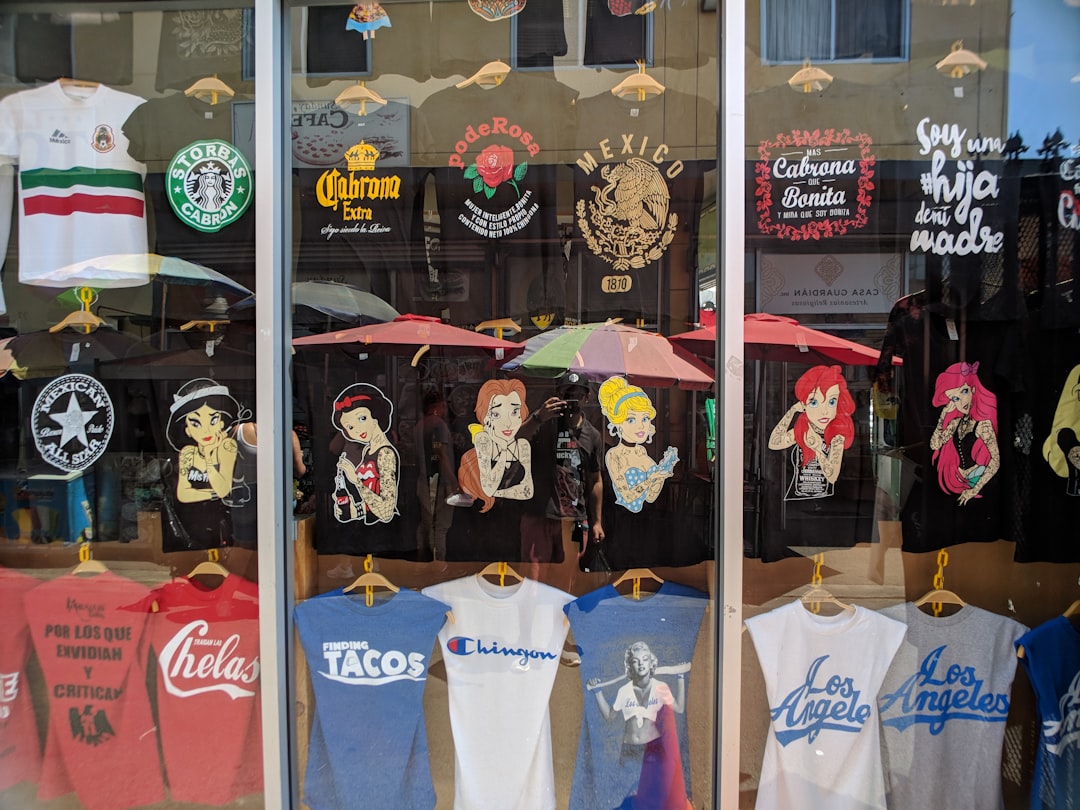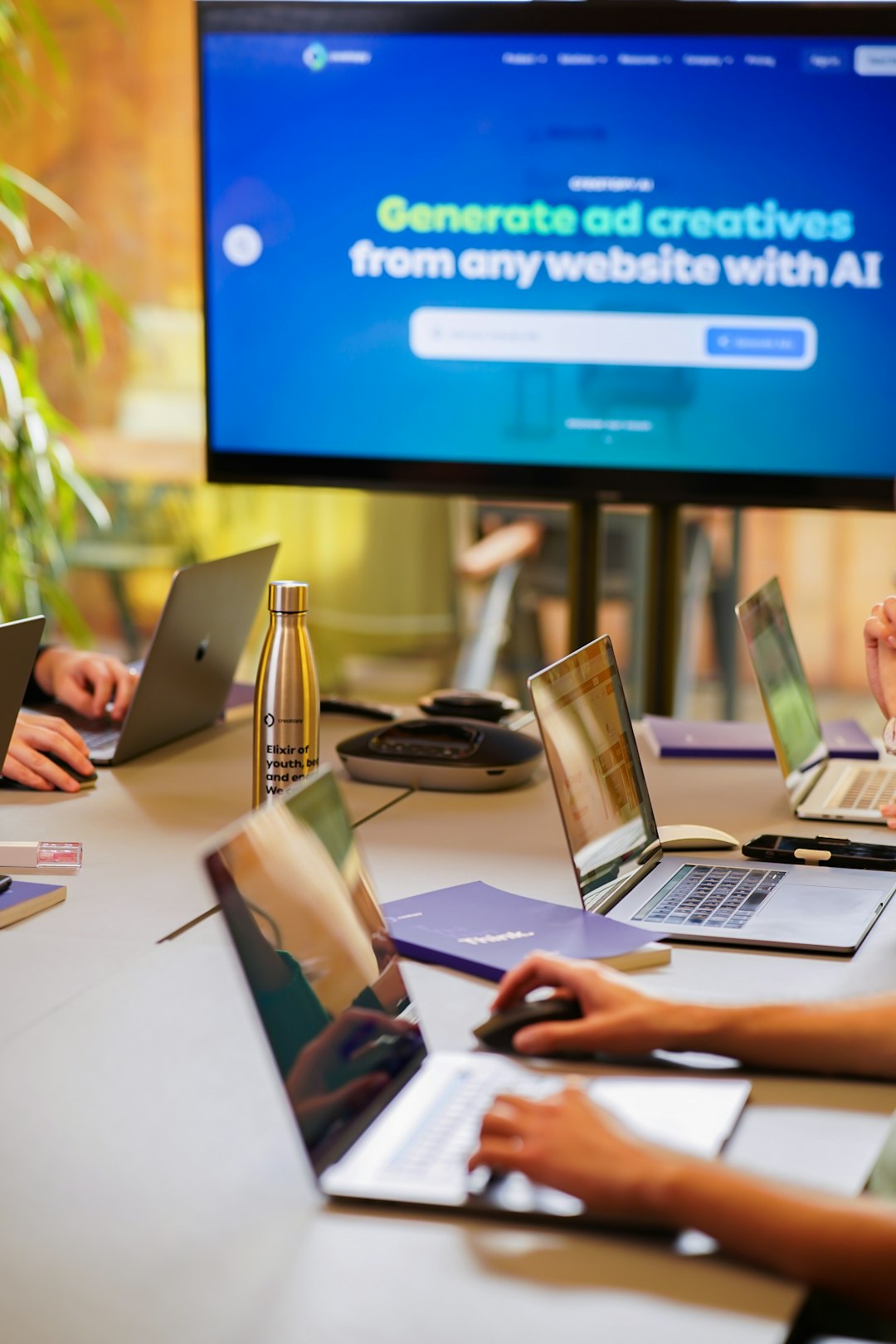When new employees join a company, their very first impressions and experiences shape how confident and aligned they’ll feel in their new role. For organizations that place a premium on branding and visual identity — especially design-driven teams — getting those hires on-brand from day one is essential. That’s where a well-executed logo onboarding process comes in. Done correctly, it can cement a shared understanding of visual standards, usage policies, and the mission behind the brand marks. Done poorly, it creates inconsistency, dilution, and confusion.
TLDR:
Launching new hires into the brand identity quickly is not just possible — it’s critical. Streamlined logo onboarding within a single day can dramatically improve consistency, boost engagement, and reduce costly brand errors. Using structured training, accessible tools, and real-world context, organizations can make every employee a steward of the brand from day one. Invest in making visual identity part of early onboarding and your brand will be better protected across every touchpoint.
Why Logo Knowledge Matters from Day One
Whether a new hire is in marketing, sales, engineering, or HR, chances are they’ll interact with your visual brand in some way. From email signatures to presentations, social media banners to documentation — brand elements, especially the logo, are everywhere. When left to assumption or fragmented guidance, even well-meaning staff can unintentionally misuse your logo by:
- Stretching or distorting the logo shape
- Using outdated or unofficial logo files
- Placing it on insufficiently contrasting backgrounds
- Altering colors, adding shadows, or applying prohibited effects
These missteps might seem minor, but they erode the consistency of your visual identity and damage brand trust. First impressions count — and they should count inside your organization just as much as outside of it.
What Is Logo Onboarding?
Logo onboarding is the structured process of educating new hires about your organization’s visual identity — especially the logo — and equipping them to use it correctly. It incorporates:
- An introduction to the meaning behind brand elements
- Access to approved assets and brand portal links
- Clear do’s and don’ts of logo usage
- Orientation to tools like templates, fonts, and design systems
- Real-life examples of good versus poor usage
The goal is not just enforcement, but education that fosters ownership and pride in upholding the brand’s integrity.
Benefits of One-Day Logo Onboarding
Onboarding logo usage within the first day offers several concrete advantages:
- Faster brand alignment: Employees can immediately start producing brand-aligned work.
- Reduced support burden: Design teams spend less time correcting logo misuses.
- Cost savings: Avoids rework in materials, campaigns, and documentation.
- Consistent first impressions: Staff reach external audiences with professional, unified visuals.
- Boosted internal culture: Teams feel connected through a shared identity from the start.
When your company is growing or onboarding frequently, these efficiencies add up quickly.
Key Elements of an Effective Logo Onboarding Program
For same-day logo onboarding to work, it needs a structured approach. Here are the most important components:
1. Brand Story and Meaning
Don’t just show how the logo should be used — explain why it was designed that way. Share the origin of the symbol, the colors, the typography, and how they reflect company vision and values. This emotional context helps employees connect deeply with the brand.

2. Visual Brand Guidelines
If your visual brand is a language, the guidelines are its grammar. Provide a digital and printed version of your brand guidelines during onboarding. This should include:
- All logo lockups (full, icon-only, stacked, light/dark)
- Minimum clear space and incorrect uses
- Color palette with hex and CMYK references
- Brand fonts and acceptable substitutions
Make it available via a centralized platform like a DAM (Digital Asset Management system) or shared drive. Some companies even integrate it into their intranet for easy retrieval.
3. Interactive Tutorials or Quizzes
Hands-on learning reinforces retention. Include a brief logo usage quiz or interactive game that challenges new hires to spot correct and incorrect applications. This not only helps them remember the rules but engages them in a way that passive reading does not.
4. Brand-on Materials Starter Kit
Give every new hire a starter toolkit of assets they can use immediately:
- Email signature template with brand-compliant format
- Company slide deck template
- Correct logo files (print, web, transparent)
- Link to internal brand library or Figma components
This prevents them from Googling or grabbing “random logo version #5” from some forgotten folder.

5. Reinforcement Through Context
Learning doesn’t end with one session. Reinforce logo usage through peer examples, visual audits (especially for customer-facing teams), and periodic refreshers. Consider building a Slack bot that shares a weekly “Brand Tip” to keep guidance top of mind.
Real-World Case Study: BrandLaunch Co.
One company that successfully implemented same-day logo onboarding is BrandLaunch Co., a fast-growing SaaS firm. In just under 90 minutes, each new hire completes a module that covers logo guidelines, video examples, and provides a certificate on completion.
This onboarding has led to a 32% drop in internal design support requests and a 40% improvement in compliance per quarterly brand audits. Their design lead reports significantly less friction onboarding non-design teams like sales, partnerships, and even legal, because these teams understand how and when to use visuals correctly.
Tools and Platforms to Aid Logo Onboarding
Several software solutions can make the logo onboarding process easier:
- Loom or Vimeo: Use for explainer videos on logo use.
- Notion or Confluence: Host brand guidelines with embedded links.
- Canva for Teams: Offers locked templates and brand kits to prevent misuse.
- Frontify or Bynder: Advanced brand management systems for large organizations.
Standardize assets access to eliminate ambiguity. Cloud-hosted libraries eliminate version control chaos and make updates automatic.
Ensuring Longevity and Accountability
Logo onboarding should not be an isolated event. Establish accountability through role-based governance. For example, empower team leads to spot-check presentations, or assign a “brand ambassador” in each department.
Consider using KPIs such as brand compliance scores or reduction in design correction requests to measure the success of the onboarding program.

Conclusion
Logo onboarding is more than a checklist — it’s a chance to unite every employee behind a symbol that represents your company’s purpose, values, and identity. By placing brand literacy early — within the very first day — companies protect their visual consistency, save resources, and empower their teams to present a unified front to the world.
With the right mix of education, tools, and reinforcement, one-day logo onboarding is not just achievable — it’s transformative. A cohesive brand identity isn’t built by designers alone. It’s sustained by every person who uses the logo with meaning and intention.
